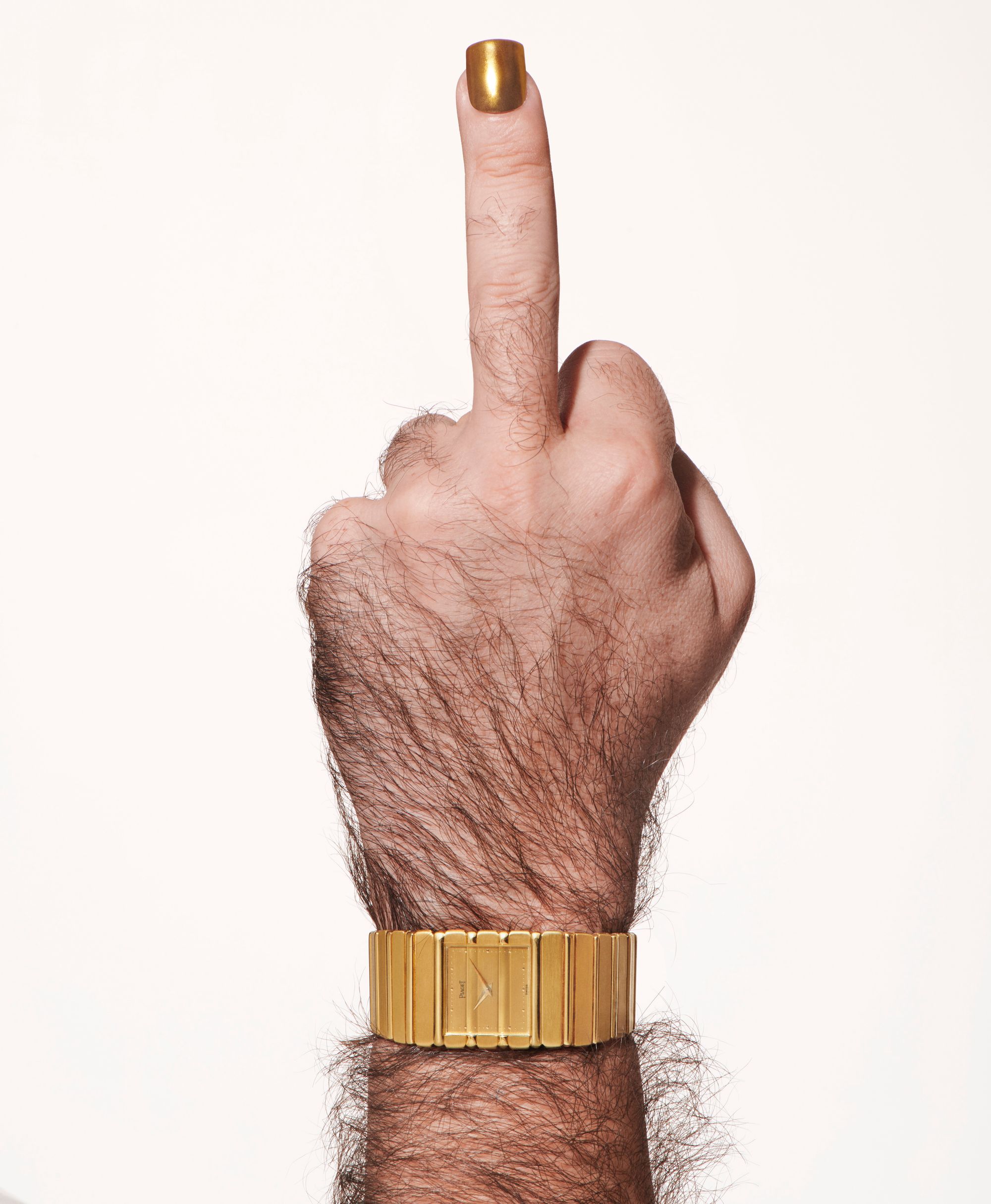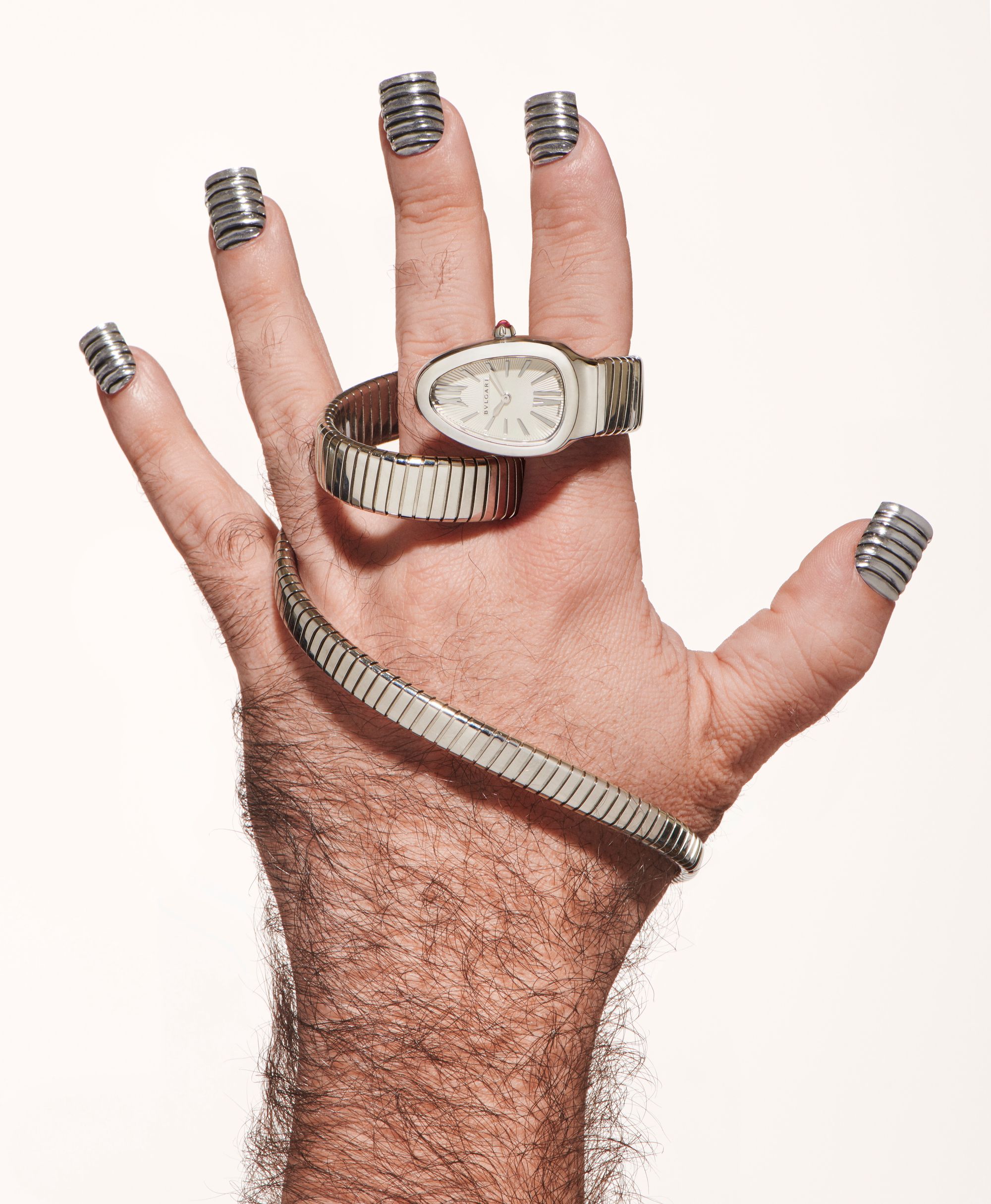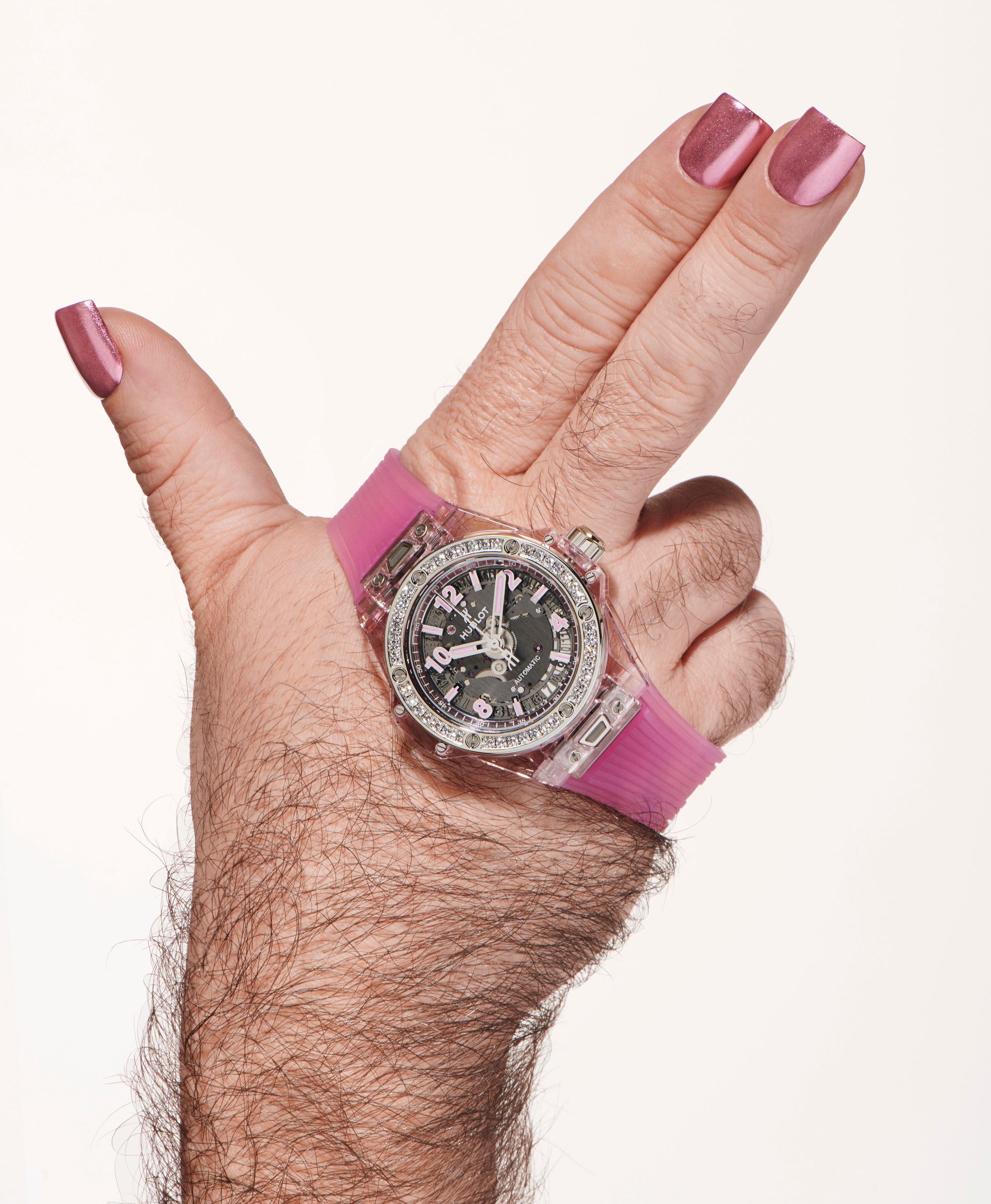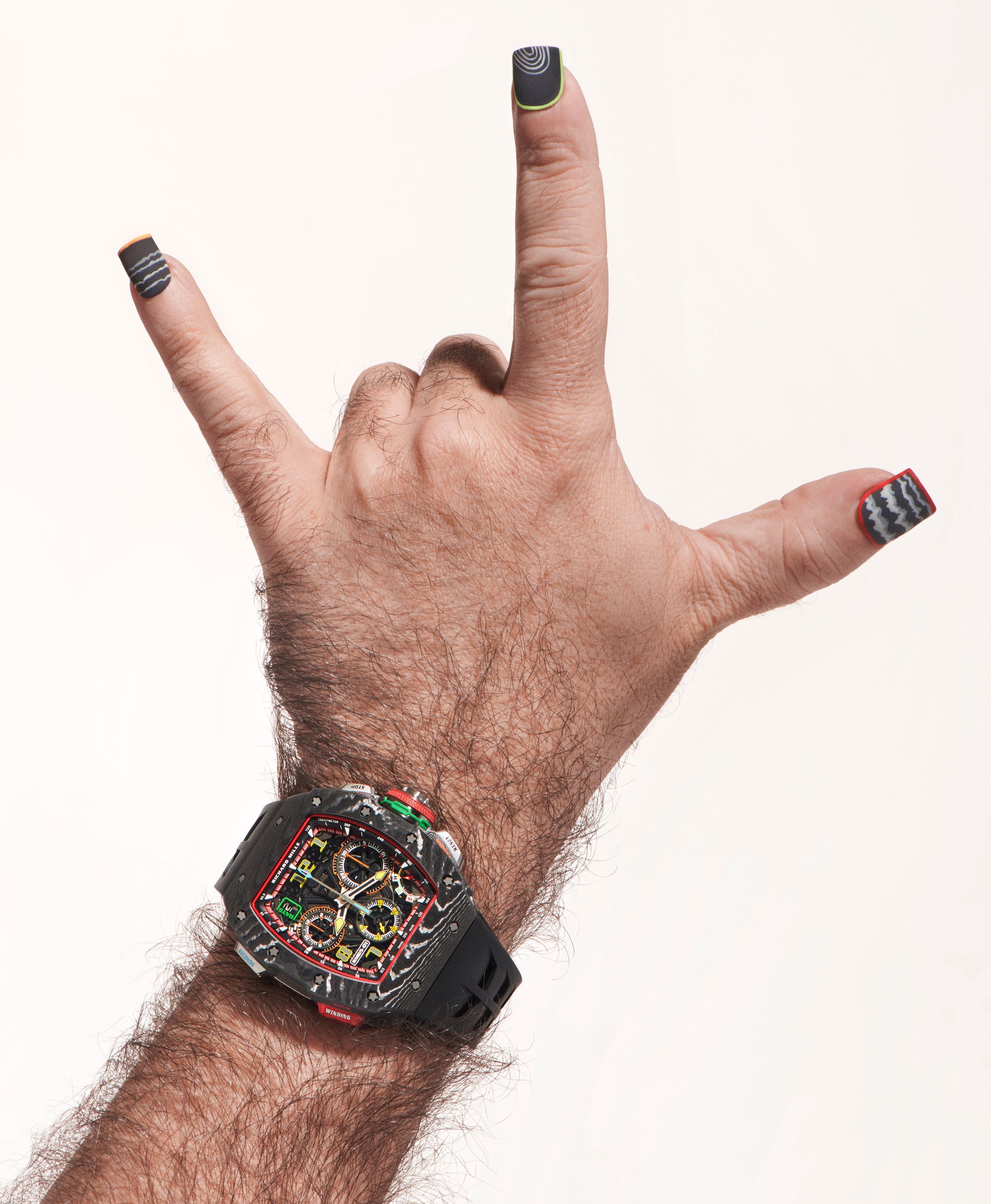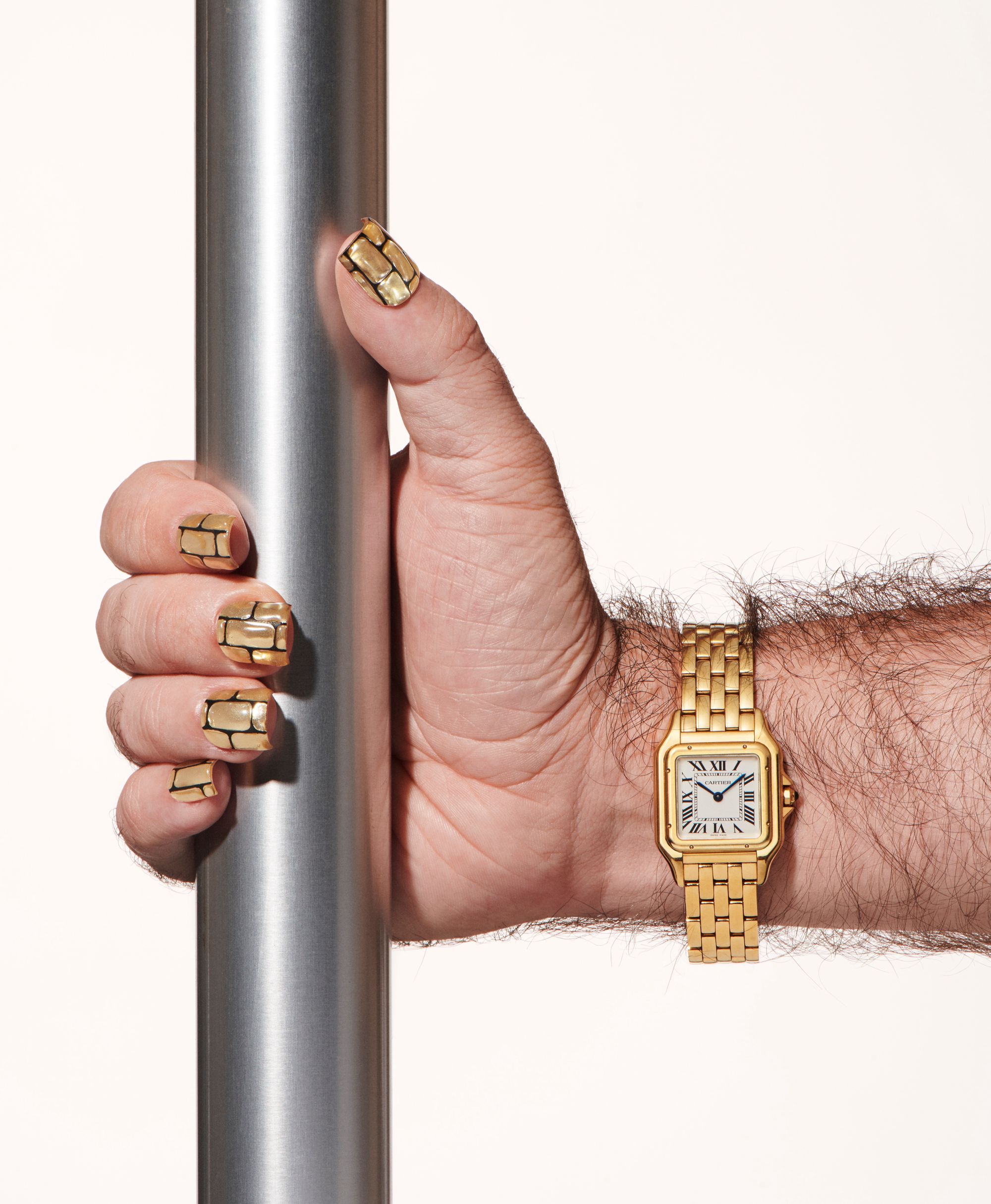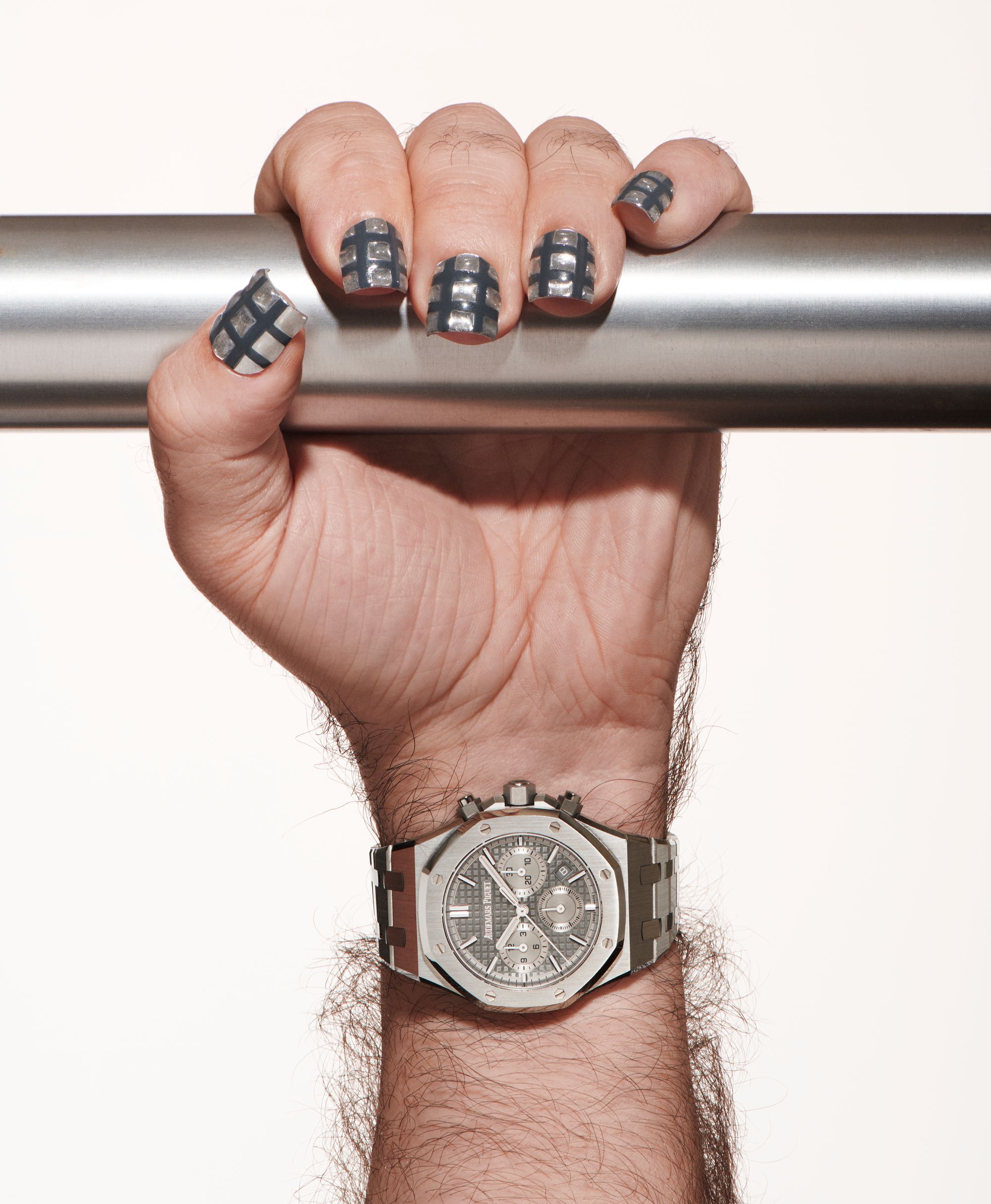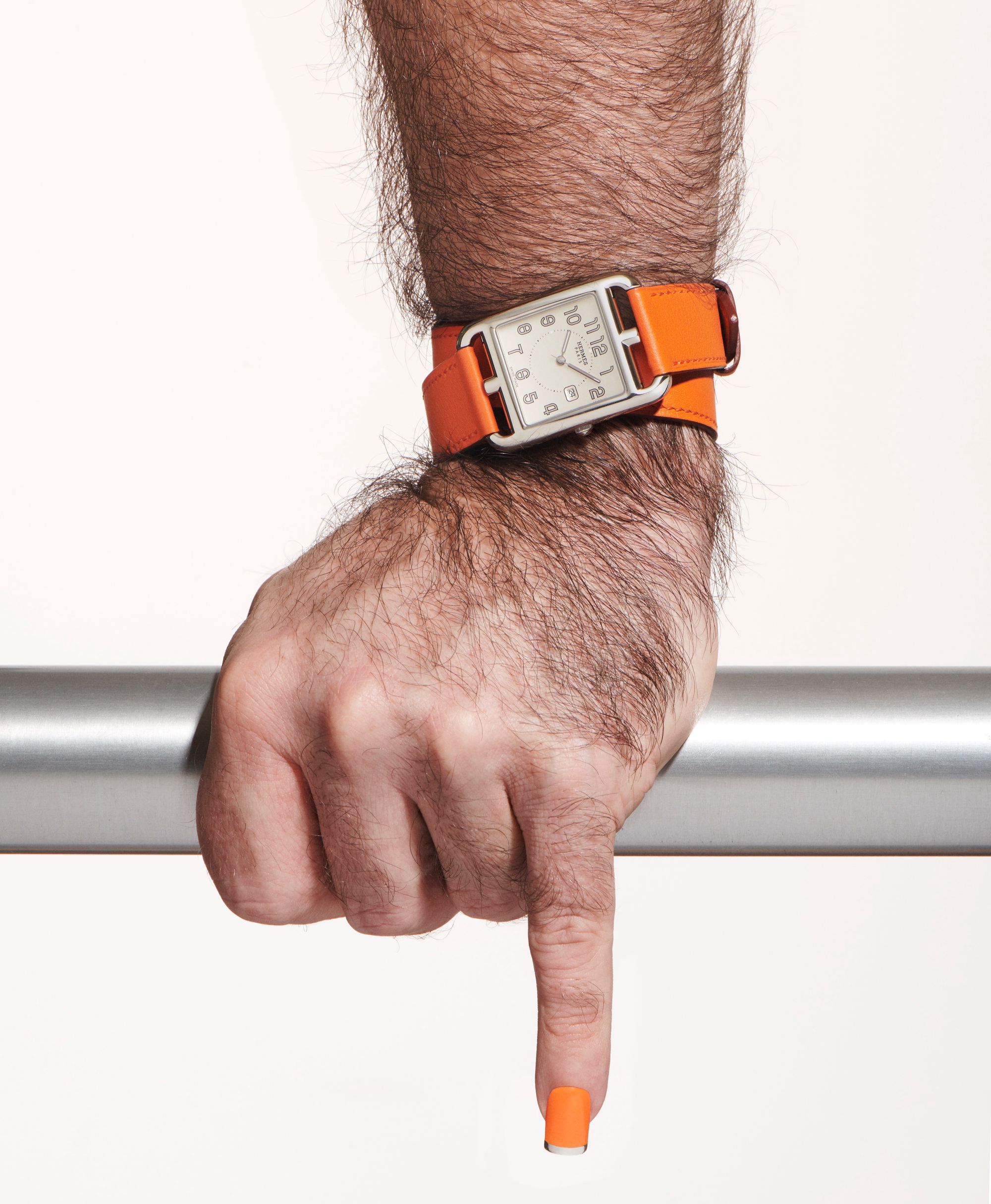
Cape Cod. Available through Hermès.
The Massachusetts coastline may seem far from Hermès’s Parisian headquarters, but the Cape Cod effortlessly combines French elegance with a nautical transatlantic spirit — the watch’s form was inspired by the link of an anchor chain. Launched in 1991 to moderate success, the Cape Cod only began to enjoy cult-classic status when fashion renegade Martin Margiela took over Hermès’s creative direction in 1997. During his six-year stint, the elusive Belgian introduced the “double tour” strap, which wraps buttery Hermès leather not once but twice round the wrist. The Cape Cod’s popularity peaked during the Y2K era — worn by everyone from the late Stella Tennant to Ashton Kutcher — but its comeback is imminent. Never underestimate a classic!
